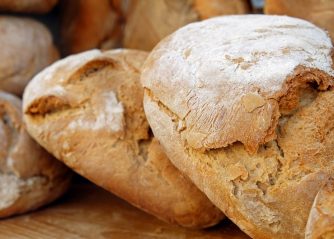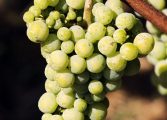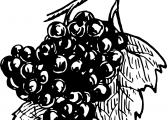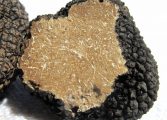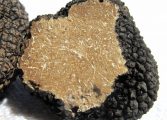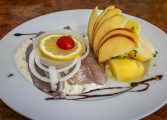Dessert i Portugal: En Sötslått Resa Genom Smakerna

Introduction:
Desserts play a significant role in Portuguese cuisine, and they’re considered the crown jewel of any meal. From traditional delicacies to fine pastries, Portugal offers a wide range of sweet treats that will satisfy even the most demanding palate. In this article, we will explore the world of Portuguese desserts, their types, popularity, and historical significance. Join us on this delectable journey through the flavors of Portugal.
En Översikt av Portugal’s Desserter

Portuguese desserts are known for their rich flavors and exquisite presentation. They are usually made with high-quality ingredients, including regional fruits, egg yolks, sugar, and almond flour. Desserts in Portugal are deeply rooted in tradition and often reflect the country’s cultural heritage. Many recipes have been passed down through generations, and each region in Portugal has its unique sweets.
En Omfattande Presentation av Portugisiska Desserttyper
Portugal offers a diverse range of dessert types, each with its distinct characteristics and flavors. Some of the most popular Portuguese desserts include:
1. Pastéis de Nata: These custard tarts are perhaps Portugal’s most iconic dessert. Crispy puff pastry filled with a creamy, rich egg custard creates a perfect balance of textures and flavors.
2. Arroz Doce: Also known as Portuguese rice pudding, this dessert combines rice, milk, sugar, and lemon zest to create a creamy and comforting sweet treat.
3. Bolo de Bolacha: This no-bake cake features layers of coffee-soaked biscuits held together by a creamy mixture of condensed milk, butter, and coffee.
4. Pudim Abade de Priscos: This traditional pudding from the Braga region is made with ingredients like egg yolks, bacon fat, sugar, and Port wine, resulting in a deliciously unique flavor profile.
5. Ovos Moles de Aveiro: A specialty from the city of Aveiro, these treats feature delicate wafers filled with an egg yolk and sugar mixture, shaped into decorative molds.
Kvantitativa Mätningar om Dessert i Portugal
Portugal takes great pride in its desserts, and their popularity is evident in the numbers. According to recent statistics, the country produces over 24,000 tons of pastries and sweets annually, generating significant revenue for the local economy. In addition, Portuguese desserts have gained international recognition, attracting tourists who seek to satisfy their sweet tooth with authentic culinary experiences.
Skillnaderna Mellan Olika Portugisiska Desserttyper
Although all Portuguese desserts share a common dedication to flavor and quality, there are notable differences between them. The use of regional ingredients, traditional cooking techniques, and cultural influences result in unique characteristics for each dessert. For example, desserts from the coastal regions often feature ingredients like sea salt, citrus fruits, and almonds, while those from the inland areas focus on honey, spices, and nuts.
Historisk genomgång av För- och Nackdelar med Portugisiska Desserter
Throughout history, Portuguese desserts have both benefited from and faced challenges due to economic and cultural factors. One advantage of traditional Portuguese desserts is their ability to showcase local ingredients, promoting regional agriculture. However, the use of sugar, butter, and eggs in large quantities can lead to concerns over health risks. Despite these challenges, the desserts continue to evolve, with contemporary variations offering lighter alternatives that cater to different dietary preferences.
Conclusion:
Portuguese desserts are a true delight for any food lover. From the iconic Pastéis de Nata to the unique flavors of Pudim Abade de Priscos, Portugal’s sweet treats offer a captivating blend of tradition, flavor, and innovation. Whether you have a sweet tooth or simply appreciate the artistry of culinary creations, exploring the world of Portuguese desserts is a journey worth taking. So, indulge yourself and savor the sweetness of Portugal.

